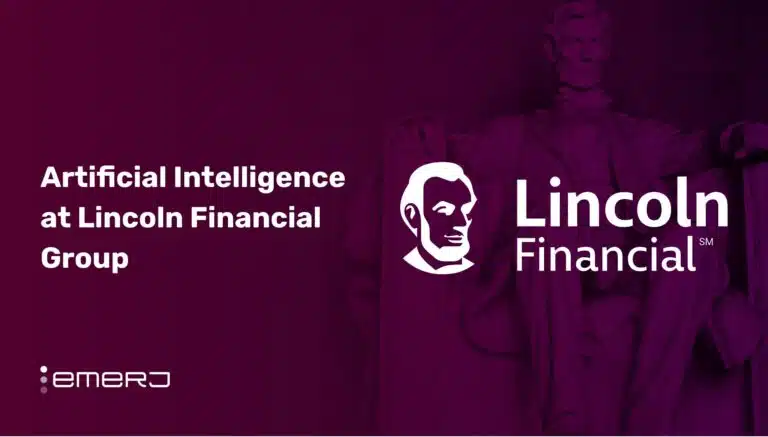Technology Provider: Nuance Communications, an AI technology company that provides products in voice, natural language understanding, reasoning and systems integration.
User Company: United Healthcare Services (UHS), a regional, not-for-profit network of hospitals in the state of New York.
Industry: Healthcare
Application: Healthcare Data Management, Physician Documentation
Problem
UHS operates on a value-based healthcare system, meaning its healthcare providers are paid based on the quality of care rather than the quantity. One of the methods the quality of healthcare is determined is by physician documentation, which is a set of progress notes that contain patient clinical status, such as improvements or declines in patients’ health.
Most of UHS’s physicians are independent practitioners, which made it a challenge for UHS to streamline the adoption of documentation best practices across its network. Besides, physicians spent several manual hours in documenting patients’ progress. Therefore, UHS wanted to provide its physicians with an automated clinical document improvement (CDI) solution to improve electronic healthcare records (EHR) and to ensure quality patient outcomes.
UHS sought an advanced documentation capture tool that could be easily integrated with its EHR system to assist physicians in real-time with automated transcription and documentation, while improving medical diagnosis.
Actions Taken
Nuance’s healthcare NLP solution, Computer Assisted Physician Documentation (CAPD), tool is powered by Dragon Medical One, Nuance’s healthcare AI system. CAPD enables physicians to dictate progress notes, history of present illness, etc., while the AI transcribes these notes in real time using Nuance’s cloud speech recognition system.
Embedded into the UHS’s EHR system, CAPD reportedly offers physicians real-time intelligence by automatically prompting physicians with clarifying questions while they are documenting. However, Dragon Medical One only asks clarifying questions in specific circumstances, such as possibilities of a different diagnosis or piece of medical information that the physician should consider (i.e. when such clarifying questions are actually necessary).
This CAPD tool is also integrated with the Cerner Document Quality Review (DQR) tool, which automatically determines the existence of clinical evidence that supports a more specific diagnosis.
Results
Nuance claimed that “UHS realized a 12 percent increase in case mix index [which is a relative value used to determine resource allocation to treat patients in a particular diagnostic group] across the cases where physicians agreed with the CAPD clarifications, and updated their patients’ documentation accordingly.”
Nuance also said its healthcare AI system improved UHS’s identification of “extreme” cases of severity of illness by 36 percent and risk of mortality by 24 percent. UHS also reportedly achieved a 69 percent reduction in transcription costs year-over-year, resulting in $3 million in actual savings.
Transferrable Lessons
Dictation and transcription tools are more powerful, but clearly still in their infancy at the time of this writing. Companies like Nuance are making progress in making these technologies more widely adopted, and finding high-value use cases is a critical part of encouraging adoption.
What we’ve found interesting about this application with Nuance and UHS is the particular set of features that purportedly make this use-case valuable to UHS. These initial enterprise NLP applications are probably indicative of what kinds of features will drive adoption for dictation in other domains (such as legal). Some interesting features of Nuance’s solution (which will likely translate to other industries in the years ahead) are:
- Finding business problems where transcription costs (in time and money) can already be measured and quantified. This allows a business pain-point to be addressed, which is critical to closing deals and encouraging enterprises to try out a new software solution.
- Prompting users to clarify to their statements where necessary. Recording thoughts is important, but recording all the required and necessary ideas to complete a job (in this case, to fully disclose the information needed to update a patient account) seems extra useful. We can imagine this feature being replicated in other areas where precise dictation is necessary.




















